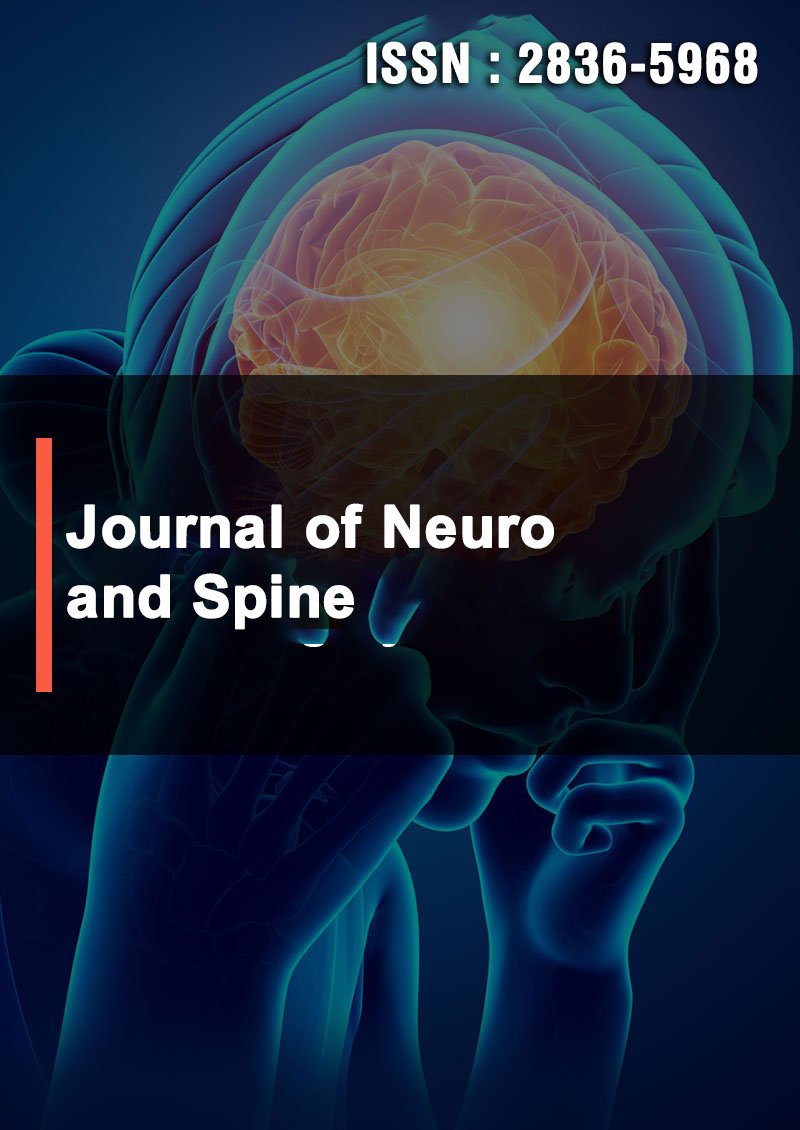Spontaneous Upper Cervical Cord Infarction: A Cohort of 13 Cases and Review of the Literature
Abstract
Yao Christian Hugues Dokponou, Hajar Belghacham, Imad Eddine Sahri, Sarah Slimani, Mohamed Hamid, Ayoub El Bakal, Youssouf Benmoh and Ahmed Bourazza
The purpose of this study was to evaluate the risk factors, etiologies, clinical features, and functional outcomes of 13 consecutive patients who were admitted to our institution with a spontaneous upper cervical cord infarction (SUCI), a rare and devastating condition. A literature review of variables relevant to our case series was conducted.
Methods: We revised all spinal cord stroke cases admitted between 2005 and 2020 to the Department of Neurology of the University Hospital Center “Mohammed V Military Teaching Hospital” of Rabat (Morocco). Data on the patient’s demography, clinical features, and functional outcomes of the upper cervical cord infarction patients were analyzed in Jamovi software for descriptive analysis.
Results: Abdominal aortic aneurysm repair n=5(38.5%) and aortic dissection secondary to giant cell arteritis n=5(38.5%) were the possible etiology found. Nadir’s deficits were ASIA grade A in 4(30.8%) patients, grade B in 2(15.4%), C in 4(30.8%) and D in 3(23.1%). The Modified Rankin Scale at admission was mRS3 in 2 patients 15.4%, mRS4 in 7(53.8%), and mRS5 in 4(30.8%). At different stages of follow-up, three patients, 23.1% had died. In the other 10 patients, the residual deficits were ASIA grade B in (1/10) patients, D in (3/10), and E in (6/10). The recovery and degree of continued disability over time were mRS1 in (6/10) patients, and mRS2 in (4/10).
Conclusion: The overall better outcome observed in this study can be related to the fact that more than half of the pa- tients in our cohort had nadir ASIA C/D with mRS 3-4.



